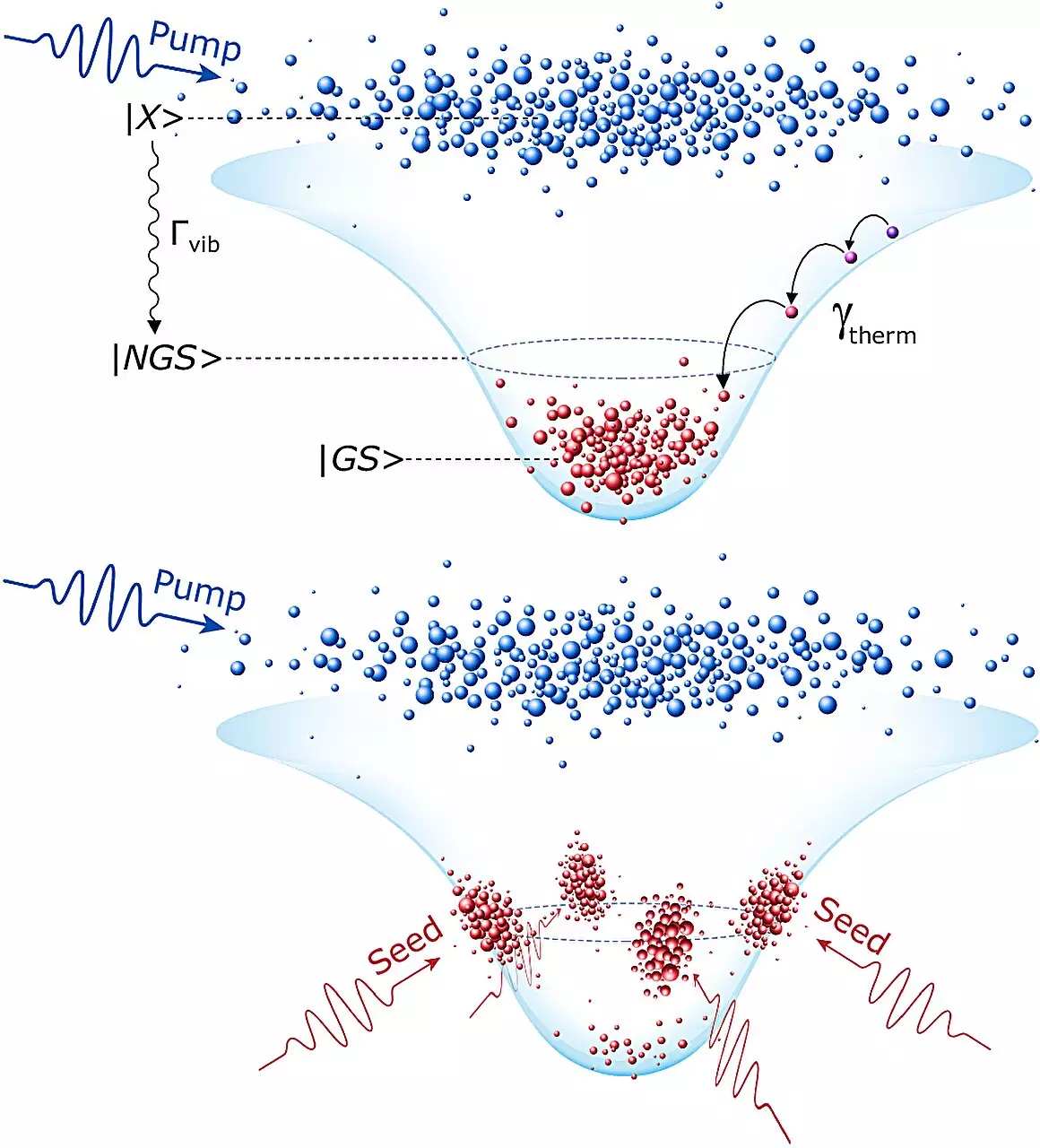In an exciting development for the future of computing, researchers from Skoltech and Bergische Universität Wuppertal have successfully developed a highly efficient universal NOR logical element utilizing polariton condensates. This groundbreaking technology operates at room temperature and marks a significant leap forward in the quest to create optical computers. The new NOR gate showcases the incredible potential of optics in processing information, providing a solution to the limitations currently faced by electronic systems. The findings are detailed in their recent publication in the esteemed journal, Nature Communications.
Why NOR Gates Matter in Computing
NOR gates are foundational components in digital electronics, enabling various logical operations necessary for complex computational tasks. A significant advantage of these newly developed optical NOR gates is their capability to manage multiple inputs—up to 12, as demonstrated in their experiments. Traditional electronic gates typically handle only 2 to 8 inputs, implying that the optical design could lead to denser and more powerful computational units. The ability to cascade these gates further enhances their utility in creating highly efficient optical chips, paving the way toward advanced computation without reliance on electric current.
The Staggering Speed of Optical Processing
A standout feature of the polariton NOR gate is its astounding speed; it operates hundreds of times faster than conventional electronic counterparts. According to Denis Sannikov, the lead researcher, optical systems can function at frequencies of up to 1 THz, far surpassing the GHz limitations currently hindering traditional processors. This dramatic increase in speed is not merely a minor tweak but a potential revolution, clearing the path for computational performance that was previously thought unattainable.
The Science Behind Polariton Condensates
What makes this optical NOR gate so effective is its reliance on polariton condensates, often referred to as “liquid light.” By leveraging the unique properties of these special states of light, the researchers are able to amplify weak optical signals significantly—tens of thousands of times more than conventional methods. Creating these ‘liquid light’ systems involves condensing polaritons into their ground state, akin to the transformation of water vapor into droplets on a chilly window. This remarkable capability not only allows for effective logical operations but also offers a solution to longstanding challenges in optical computing.
The Limitations of Conventional Electronics
Historically, efforts to increase processing speeds in electronic computers have encountered significant hurdles due to heat dissipation. This physical limitation has persisted since the 1980s when manufacturers began pushing to enhance processor frequencies. The result? Processors often become electricity-consuming heat generators beyond a certain frequency. In contrast, the optical systems proposed by the Skoltech team sidestep these limitations through the inherent properties of photons, which do not heat up in the same way as electrons. This calamity of electronic circuitry presents a compelling argument for the adoption of optical technologies in computing.
Challenges Ahead: The Road to Fully Optical Computers
Despite the excitement surrounding this groundbreaking development, challenges remain in achieving fully optical computing systems. The significant technical hurdle of effectively disabling optical signals using light has haunted researchers for years. The recent success of switching logical units to zero with light is a promising step forward, but it remains one of many obstacles on the path to creating a fully functioning optical computer. The tantalizing idea of using photons for computation has remained a dream for scientists for decades, but the recent advancements suggest that this dream is inching closer to reality.
Future Implications and Applications
The implications of the advances made by the Skoltech team extend beyond basic computing. Fast, efficient optical logic gates could revolutionize various fields, including data processing, telecommunications, and advanced artificial intelligence algorithms. As our world becomes more digitally interconnected, the push for faster computation and enhanced data processing capabilities becomes paramount. These optical devices may well serve as the cornerstone of the next technological revolution, ushering in a new era where the speed of light indeed translates to the speed of computation.


Leave a Reply